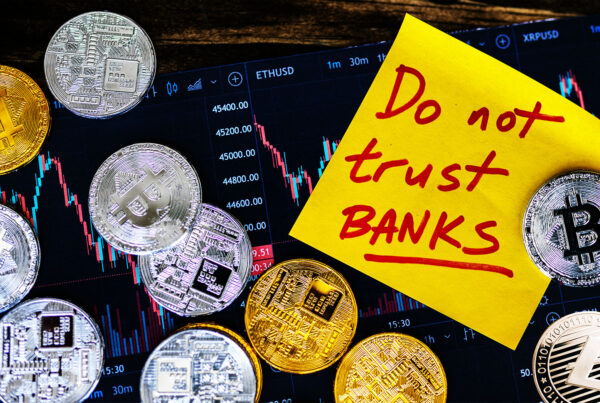In today’s uncertain economic climate, having a solid financial defense posture to protect your wealth is more important than ever. I’m an evangelist for a three-pronged approach that includes cryptocurrency, precious metal stacking, and traditional assets that provide a well-rounded defense against inflation and financial instability. In today’s post, I will give a surface-level overview of creating a financial defense posture that includes these three elements. In addition, I’ll cover the steps needed to invest in cryptocurrency and precious metals and the importance of diversifying your portfolio with traditional assets. Whether you’re a seasoned investor or just getting started, this content will provide valuable insights into creating a comprehensive plan to safeguard your financial future.
The inspiration for this post came from a conversation with a good friend about the current financial climate and my strategies during this time. I mentioned my three-pronged financial defensive posture to my friend, and he wanted to know what exactly it was. This fiscal defensive posture refers to a strategy where an individual diversifies their investment portfolio by allocating funds into three targeted asset classes; cryptocurrency, precious metals, and traditional assets. This approach aims to protect the investor’s wealth by spreading it across asset classes that behave differently under various economic conditions.
Pillar #1 Cryptocurrency:
Cryptocurrency refers to a decentralized digital currency that uses cryptography to secure transactions and control the creation of new units. Bitcoin, Ethereum, and Ripple are some of the most popular cryptocurrencies.
Cryptocurrencies can be considered a defensive strategy because it is a non-correlated asset class, meaning their price movements aren’t correlated with traditional assets such as stocks and bonds. In addition, the decentralized nature of cryptocurrencies makes them immune to government and central bank policies, which can be beneficial in times of economic turmoil.
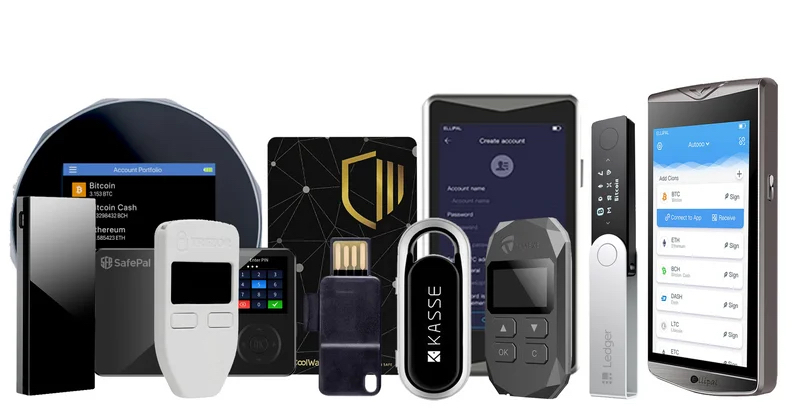
Using cryptocurrency as a fiscal defensive strategy to keep money out of traditional markets can be a wise move to protect your wealth against inflation and financial instability. However, cryptocurrency investment can also be risky due to the market’s high volatility and lack of regulation. Therefore, investors should thoroughly research before investing and only allocate the appropriate percentage of their portfolio to cryptocurrencies. If you are looking to initiate the crypto pillar, here are some steps to follow:
- Determine your investment strategy: Before investing in cryptocurrency, you should have a clear strategy. This strategy includes deciding how much you want to invest, which cryptocurrencies you want to invest in, and when you will buy and sell. My initial approach was to get solid positions in some main crypto currencies like Bitcoin, Litecoin, Ethereum, BNB, and Solana. I lean towards Layer 1 blockchain cryptocurrencies, but you should ensure you are doing your research.
- Research and select the right cryptocurrencies: Several cryptocurrencies are available in the market, from the aforementioned Layer 1 blockchain coins to ALT coins; it is essential to do your research to determine which ones are right for you.
- Open a cryptocurrency exchange account, or use your hard wallet: To buy and sell cryptocurrency, you must open an account with a cryptocurrency exchange or use an on-ramp through your hard wallet. Many exchanges are available, and choosing a reputable one that offers the cryptocurrencies you want to invest in is essential. You can also use web3 solutions like Metamask, the Binance wallet, or many others. When using these or a hard wallet option, find the most affordable solution that meets your needs. This process may show up as multiple solutions to fit what crypto you are looking to buy. I suggest anyone over $100 of crypto purchase a hardware wallet. (I recommend any wallets from Trezor especially the Trezor Model T and any of the Ledger Touchscreen devices).
- Fund your account: Once you’ve opened your exchange account, you must fund it with fiat currency, such as US dollars or Euros. You can do this through a bank transfer, debit, or credit card payment.
- Buy your chosen cryptocurrency: With your account funded, you can buy the cryptocurrency you want to invest in. You can usually purchase cryptocurrency with fiat currency or swap it with other cryptocurrencies.
- Store your cryptocurrency safely: Cryptocurrency is a digital asset, meaning you must store it in a digital wallet. You should choose a wallet that is secure, easy to use, and has a good reputation. Hardware wallets like Trezor, Ledger, Grid+ Lattice1, Keystone Pro, NGrave Zero, and SafePal S1 are the most secure. The primary function of a hardware wallet like those mentioned above is to provide you with a non-custodial solution that gives you and you alone access to your coins and seed phrases. If used correctly, non-custodial hardware wallets are the best way to protect your assets from hacking or losses, as long as you guard your private keys and seed phrase.
- Monitor your investment: Like any investment, regularly monitoring your cryptocurrency holdings’ performance is crucial. Keep updated with news and developments in the cryptocurrency market to make informed investment decisions. This point is dependent on your strategy. I prefer to dollar cost average, meaning I regularly purchase regardless of price or market conditions. This approach allows me to increase in all of my positions steadily.
Following these steps, you can use cryptocurrency as one of the pillars of your fiscal defensive strategy to keep your money out of traditional markets. However, it’s important to remember that cryptocurrency is a volatile investment and should only make up a portion of your overall investment portfolio. Diversification is vital to a solid three-pronged financial defense posture, so be sure to also invest in other assets, such as the following pillars of this defensive posture.
Pillar #2 Precious Metal Stacking:
Precious metal stacking refers to accumulating physical precious metals such as gold, silver, platinum, and palladium as long-term stores of value. Precious metals have been used as a store of value for centuries.
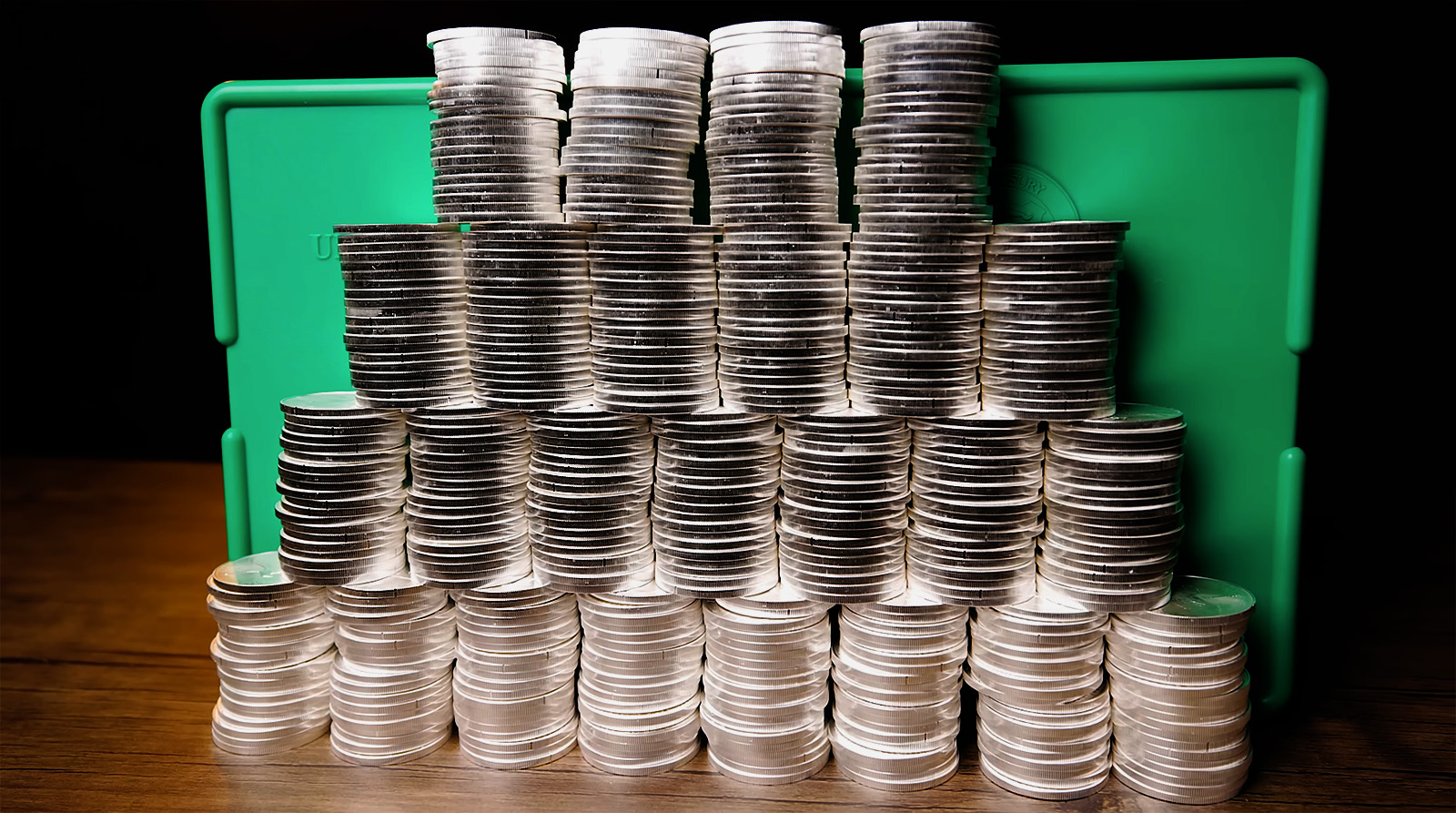
Investing in precious metals is considered a defensive strategy because they are safe-haven assets that perform well during economic crises and inflation. In addition, the price of precious metals tends to move in the opposite direction to traditional investments such as stocks and bonds, making them an excellent hedge against market volatility.
However, investing in physical precious metals comes with its own risks, such as the cost of storage, security concerns, and insurance. Investors who don’t want to hold physical metals should consider finding a precious metals dealer that offers a storage solution or investing in exchange-traded funds (ETFs) that track the price of precious metals, eliminating the need for physical storage. While I would want to do something other than that, these are good options to get you into precious metals. And are a better alternative to not investing in precious metals at all.
While precious metals are not the same as cryptocurrency, the steps to follow are similar:
- Determine your investment strategy: Before investing in precious metals, you should have a clear strategy in place. This strategy includes deciding how much you want to invest, which metals you want to invest in, and when you will buy and sell. Like the cryptocurrency approach, dollar cost averaging also works for precious metals.
- Research and select the right precious metals: Several precious metals are available in the market, and it is essential to do your research to determine which ones are right for you. Some popular options include gold, silver, platinum, and palladium. I view them all differently. Gold is the ultimate store of value and dictates the market, so it’s an excellent end-game metal to store large amounts of cash. Silver is a great introductory precious metal, and the cost of entry is less than gold. Silver stacking is the most common entry point into the precious metals investing. It’s also an excellent way to get your feet wet. These two metals would be my primary focus, with platinum and palladium being ancillary metals that are less popular but good.
- Choose the correct form: Precious metals can be purchased in several forms, including bars, coins, and jewelry. Each state has advantages and disadvantages, so choose the one that best suits your investment goals. From my research, most people start with coins and rounds due to the small form factor and the tax implications of investing in bars. This information needs to be researched to understand some of the ins and outs better; a quick youtube search can yield great results.
- Find a reputable dealer: Find a local coin shop (LCS) to buy precious metals. The other option is to purchase your coins and bars from an online dealer. Many online dealers offer great pricing and the ability to get deals and new uncirculated coins and bars. Look for dealers with a good reputation, transparent pricing, and a wide range of products. Some of the dealers that I like are Hero Bullion, Golden Eagle Coins, SD Bullion, and APMEX. Most of these dealers sell on eBay as well. There are plenty of online dealers; make sure you purchase from a reputable dealer with a track record of providing good pricing and service.
- Fund your purchase: You can fund your precious metal purchase through various methods, such as bank transfers, debit/credit card payments, and cryptocurrency. Make sure to choose a payment method that is secure and convenient for you.
- Store your precious metals safely: Precious metals should ideally be stored in a secure location, such as a safe or a safe deposit box. There are a few additional considerations when physically handing the metals, so do your due diligence regarding your storage solution. Lastly, consider purchasing insurance to protect your investment against theft or damage.
- Monitor your investment: Like any investment, it’s essential to monitor the performance of your precious metal holdings regularly. Keep updated with news and developments in the precious metals market to make informed investment decisions.
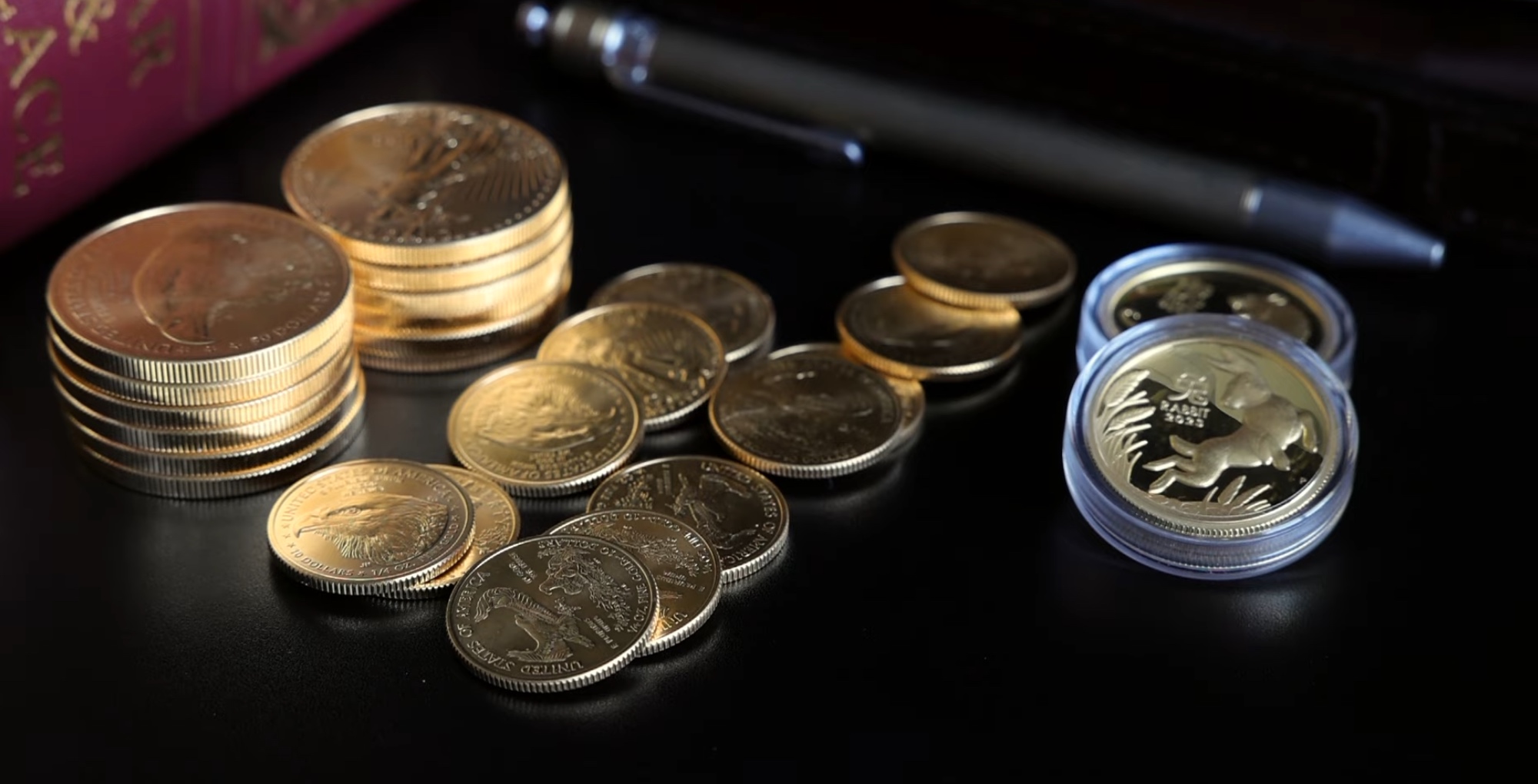
By following these steps, you can use precious metals as an additional pillar in your three-pronged fiscal defensive strategies to keep your money out of traditional markets. However, it’s important to remember like cryptocurrencies, precious metals are a long-term investment and should only make up a portion of your overall investment portfolio. Therefore, diversification is vital to a robust financial defense posture. This pillar is one of the fun aspects of investing, and it leads us to the last post of the three-pillar financial defensive posture, traditional assets.
Pillar #3 Traditional (Conventional) Assets:
Traditional assets in the three-pillar financial defensive posture refer to stocks, bonds, and real estate. Traditional investments are foundational to an effective defensive strategy because they perform well in a stable economic environment.
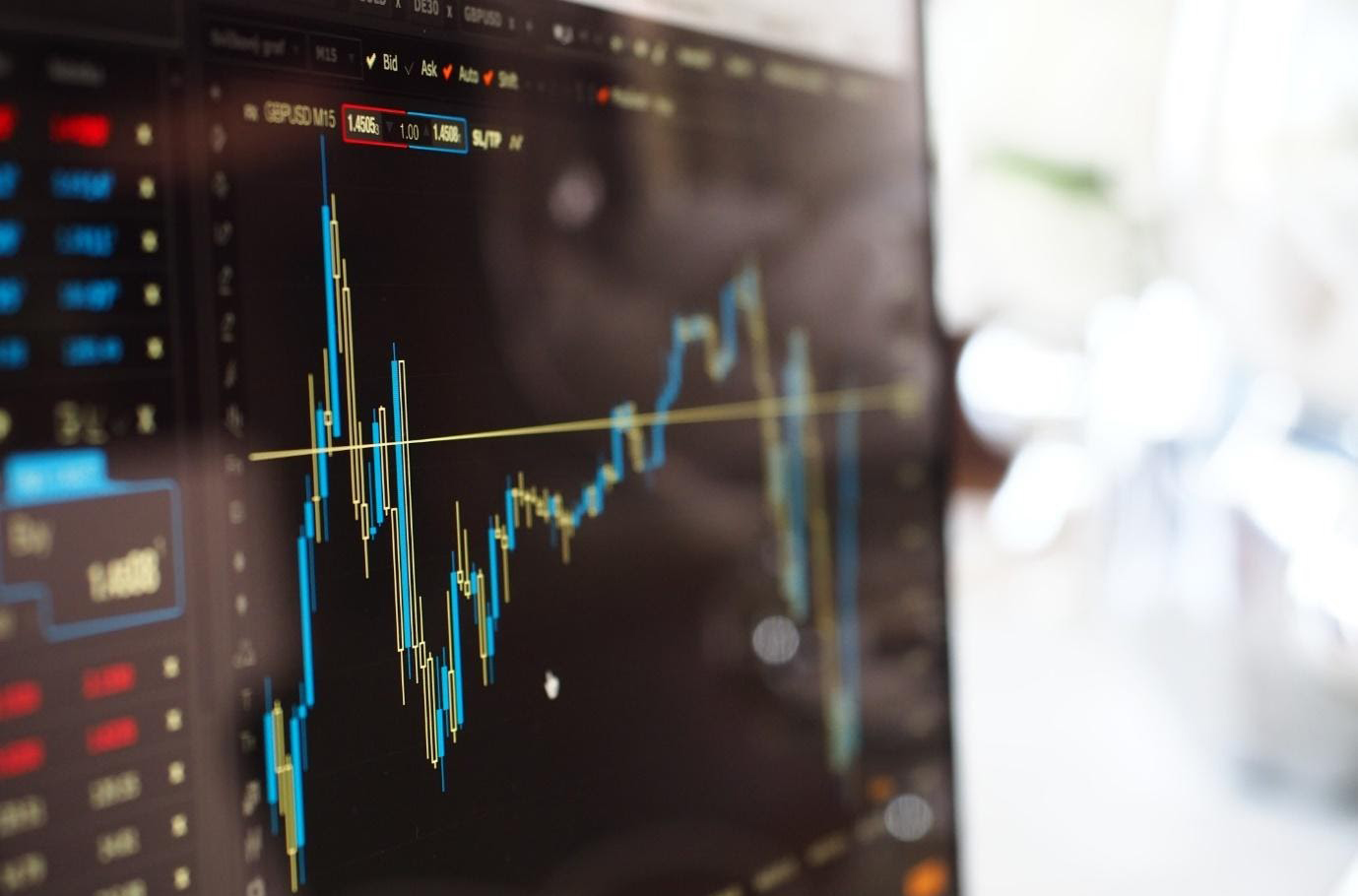
Using traditional assets as a diverse fiscal defensive strategy component can provide stability and balance to your investment portfolio. Here is the process to follow:
- Determine your investment goals: Before investing in traditional assets, you should determine your goals, such as long-term growth or income generation. This determination will help you choose the suitable types of conventional assets to invest in.
- Research and select the right traditional assets: There are several conventional assets available in the market, including stocks, bonds, ETFs, money market accounts, certificates of deposit (CDs), and mutual funds. It’s essential to research which assets are right for you based on your investment goals, risk tolerance, and investment timeline.
- Choose the correct investment account: Depending on the type of traditional assets you invest in, you may need to open a brokerage account, a retirement account, or a savings account. Choose the account that best suits your investment goals and needs. Each account offers distinct advantages, so once you understand the landscape, make an educated, informed choice of what mix of investments works for you.
- Allocate your investments: Once you’ve chosen your traditional assets, you should allocate your investments based on your investment goals and risk tolerance. Consider diversifying your investments across different types of assets, sectors, and geographies to reduce risk.
- Monitor your investment: Regularly monitor the performance of your traditional asset investments and adjust your portfolio as needed. Keep updated with market news and developments to make informed investment decisions.

Conclusion
It’s important to note that all investments carry some degree of risk, and investors should carefully consider their goals and risk tolerance before investing. In addition, traditional assets are not immune to market volatility, and their performance can be affected by various economic factors such as interest rates, inflation, and geopolitical events. Therefore, it is essential to diversify investments across different asset classes to mitigate the risks associated with traditional assets.
In conclusion, the three-pronged financial defensive posture strategy aims to diversify investments across different asset classes to protect the investor’s wealth. Cryptocurrencies, precious metals, and traditional assets each offer various benefits and risks, and investors should research and seek professional advice before investing. You can tweak the three-pronged defensive strategy to suit your budgetary constraints and needs. Whatever direction you choose as an investor, at a minimum, make sure to diversify your portfolio and provide additional protection against inflation and financial instability. The three-pronged approach is a can’t-miss strategy for a healthy financial foundation.


